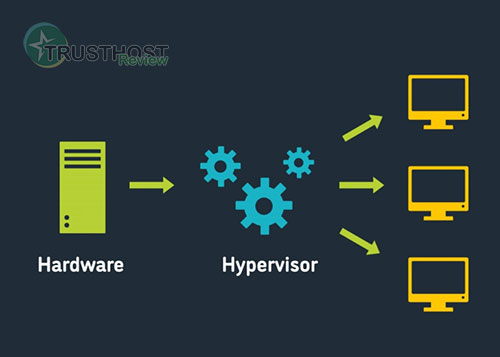Paid Search: A Beginner's Guide to PPC Advertising
Last updated Friday, 09/08/2024 03:33 by Lioniel Richard
Learn the basics of paid search advertising, including how it works, its benefits, and key strategies for success in search engine results pages (SERPs).
Table Of Content:
What is Paid Search?
Paid search, also known as pay-per-click (PPC) advertising, is a digital marketing strategy where advertisers bid on keywords to display ads within search engine results pages (SERPs). These ads typically appear at the top or bottom of the SERP, clearly labeled as "sponsored" or "ad."

How Paid Search Works:
Paid search operates on an auction-based system. When a user enters a search query, the search engine's algorithm evaluates relevant keywords and determines which advertisers have bid on those terms. The highest bidders, considering factors like bid amount and ad quality, earn the most prominent ad placements.
Key Benefits of Paid Search:
- Targeted Traffic: Reach users actively searching for products or services like yours.
- Measurable Results: Track key metrics like clicks, impressions, and conversions to measure campaign effectiveness.
- Immediate Visibility: Quickly gain visibility on SERPs, even for competitive keywords.
- Budget Control: Set daily or campaign budgets to manage ad spending effectively.
Essential Components of Paid Search:
- Keywords: Identify relevant keywords that potential customers use when searching for your offerings.
- Ad Copy: Craft compelling ad copy that highlights your unique selling propositions and entices users to click.
- Landing Pages: Create dedicated landing pages that align with your ad copy and provide a seamless user experience.
- Bidding Strategies: Choose bidding strategies that align with your campaign goals, such as maximizing clicks or conversions.
Published: 09 August 2024 03:33
















